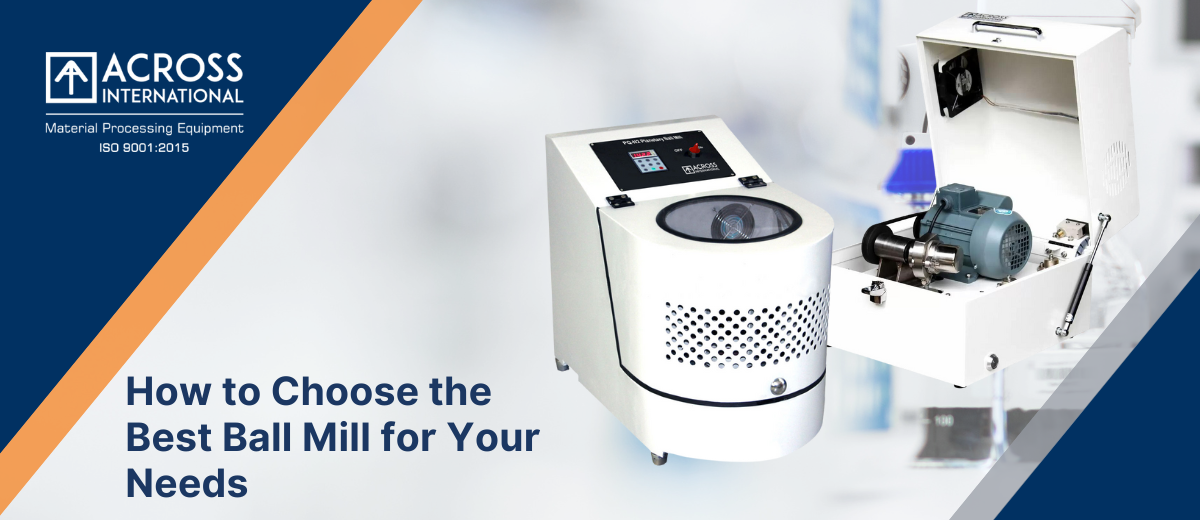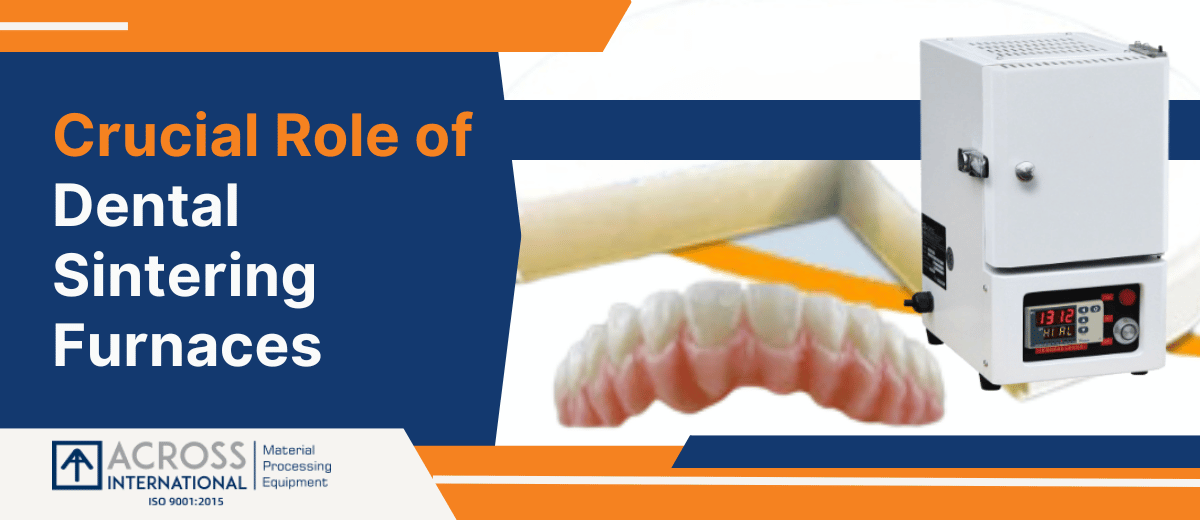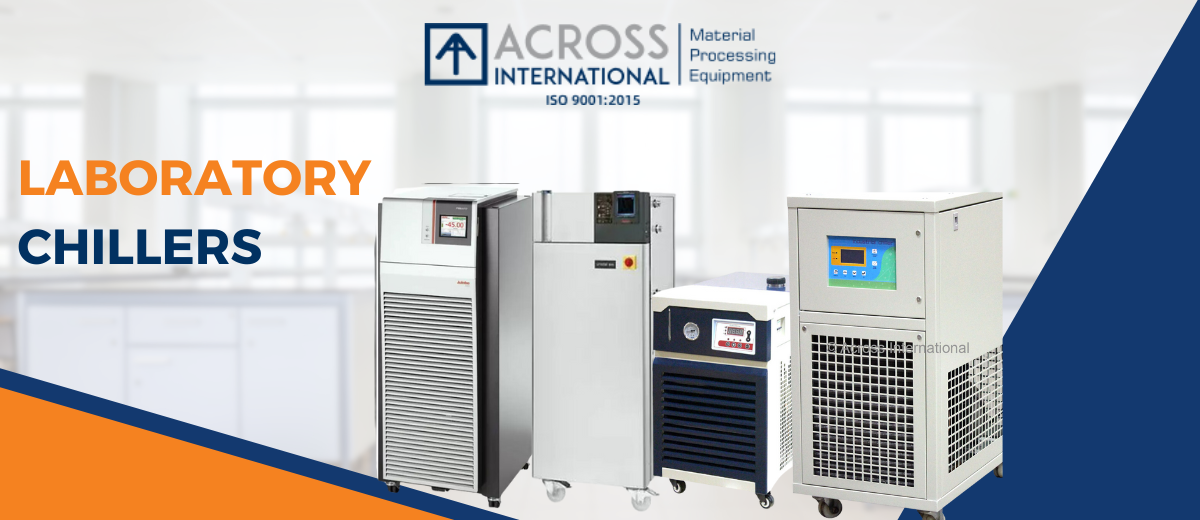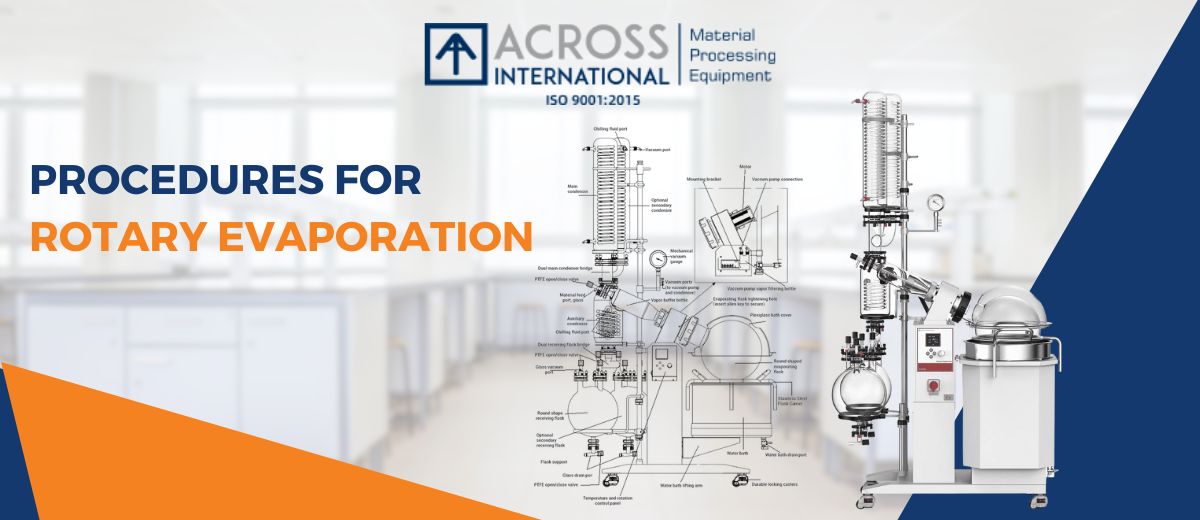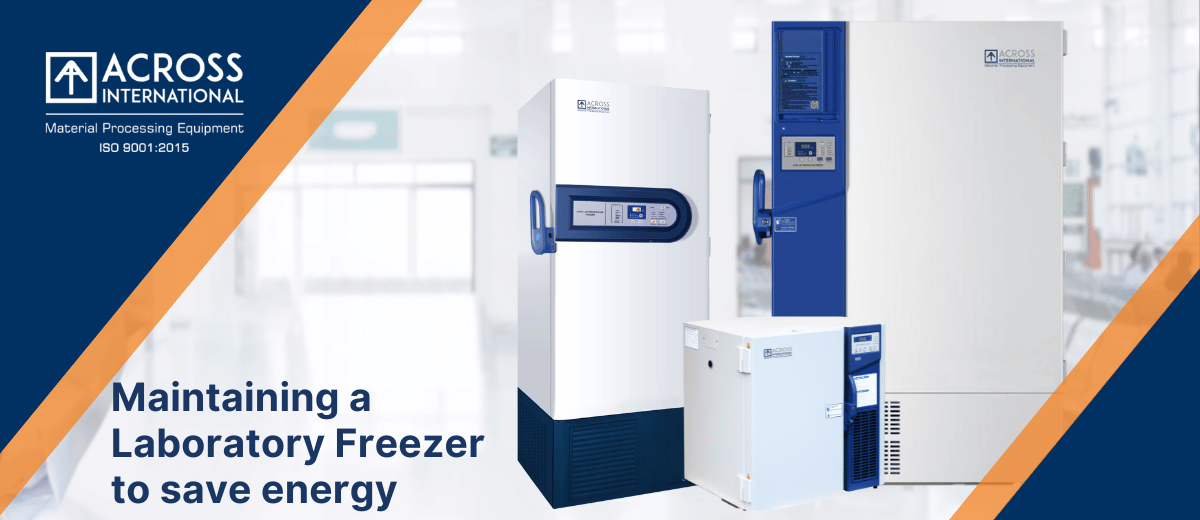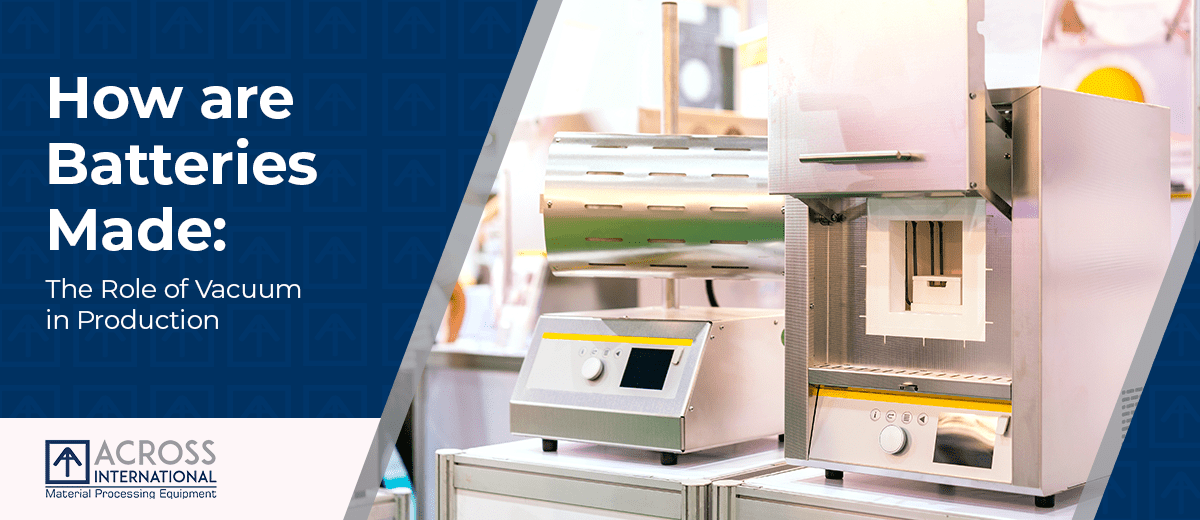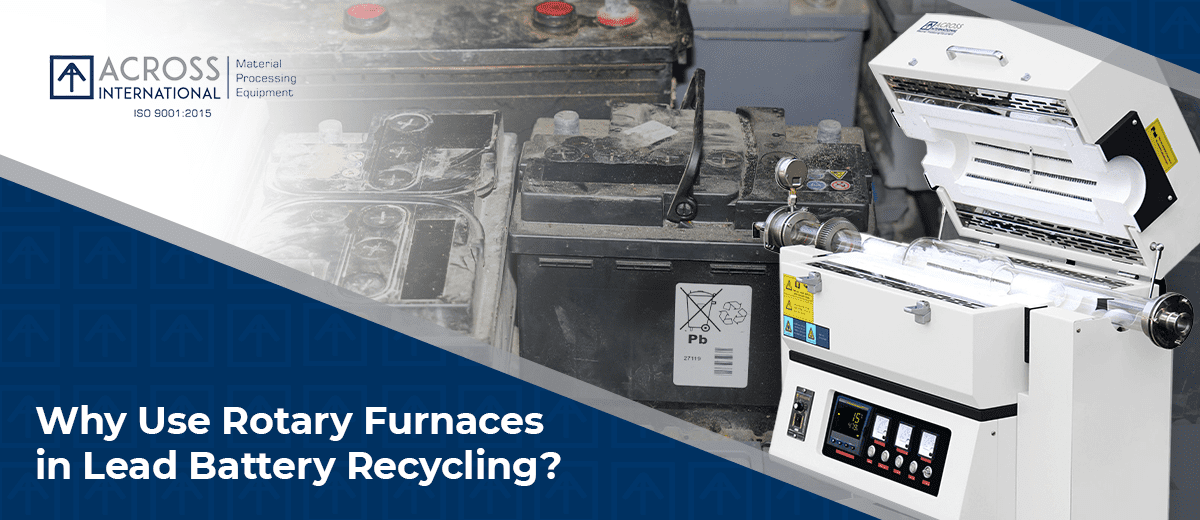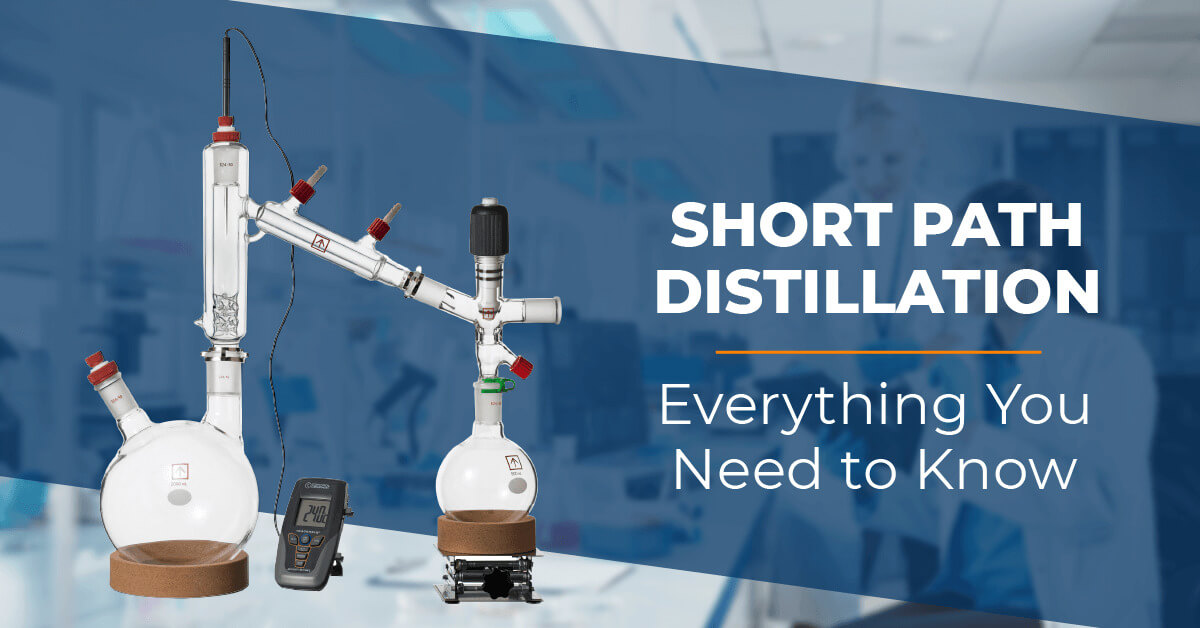We use cookies to make your experience better. To comply with the new e-Privacy directive, we need to ask for your consent to set the cookies. Learn more.
Silicon Carbide applications
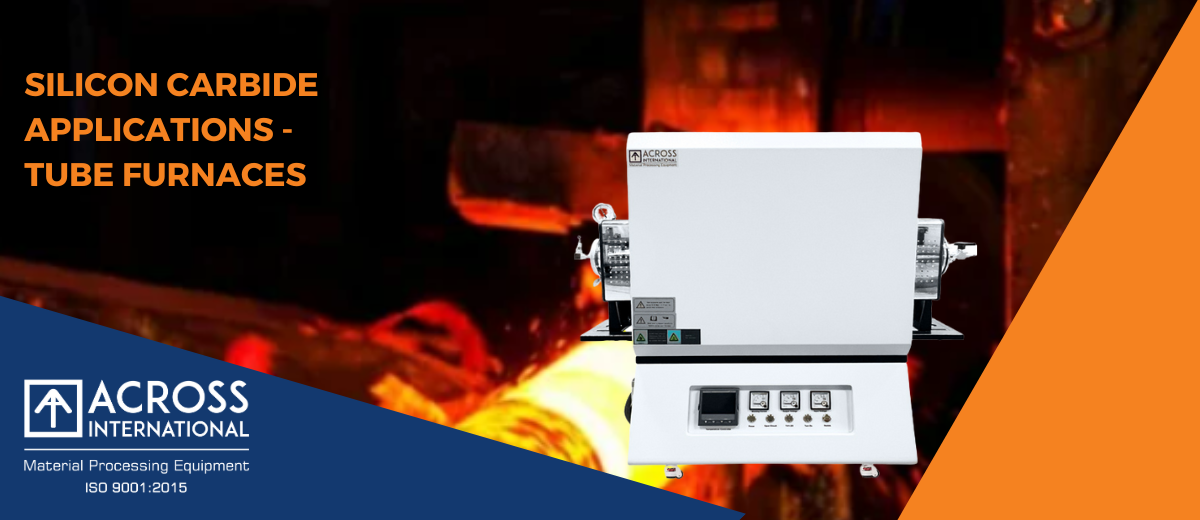
Silicon carbide, also known as SiC, is a semiconductor base material that consists of pure silicon and pure carbon. You can dope SiC with nitrogen or phosphorus to form an n-type semiconductor or dope it with beryllium, boron, aluminum, or gallium to form a p-type semiconductor. While many varieties and purities of silicon carbide exist, semiconductor-grade quality silicon carbide has only surfaced for utilization in the last few decades.
Many manufacturers are charging forward in using SiC in applications such as electric vehicles, solar energy systems, and data centers. These efficiency-oriented systems all result in high voltages and high temperatures. We're seeing a significant global push to implement SiC over other materials to reduce carbon emissions caused by power inefficiencies at higher voltages. Although cutting-edge technologies such as electric vehicles and solar energy are pioneering the utilization of SiC, we expect to see more legacy industries follow suit soon.
SiC has become popular in the automotive sector as a result of the industry's demand for high quality, reliability, and efficiency. SiC can answer high voltage demands with prowess. Silicon carbide has the potential to increase electric vehicle driving distances by increasing the overall system efficiency, especially within the inverter system, which increases the vehicle's overall energy conservation while reducing the size and resultant weight of battery management systems.
Silicon Carbide applications
Silicon carbide (SiC) crystal growth is a complex process that involves the sublimation and transport of silicon and carbon atoms to a seed crystal, where they deposit and form a new layer of crystal material. The process is typically carried out in a high-temperature Tube furnace at temperatures above 2000°C. Tube furnaces are used for SiC crystal growth processes, including physical vapor transport (PVT), chemical vapor deposition (CVD), and sublimation growth. These processes require precise temperature control and a controlled atmosphere to produce high-quality SiC crystals
Doping and impurity introduction is a process used to change the electrical properties of semiconductor materials by introducing controlled amounts of dopant atoms into the crystal lattice. The process is typically carried out in a horizontal tube furnace, where the semiconductor wafers are placed in a quartz boat and exposed to a dopant source at high temperatures.
Tube furnace doping and impurity introduction is a critical process in the manufacturing of semiconductor devices. It is used to create the p-n junctions and other semiconductor structures that are essential for the operation of transistors, diodes, and other electronic devices.
Annealing and Heat Treatment: Tube furnaces are employed for annealing and heat treatment processes to relieve stress, repair crystal defects, and enhance the electrical properties of SiC wafers or substrates
Epitaxy is a process in which a thin layer of crystalline material is deposited on a crystalline substrate. The epitaxial layer is oriented in the same crystallographic direction as the substrate, and the two layers form a single crystal. Epitaxy is used in the manufacturing of semiconductor devices, lasers, and other electronic components.
Tube furnaces are often used for epitaxy because they can provide a uniform temperature environment and a controlled atmosphere. The substrate is placed in a quartz boat and inserted into the furnace tube. The dopant source is then introduced into the furnace tube, and the substrate is heated to the desired deposition temperature. The dopant atoms diffuse into the substrate and form an epitaxial layer.
Sintering : Tube furnaces are a versatile and widely used tool for sintering materials. They are used in a wide range of industries, from research and development to high-volume manufacturing. Tube furnaces are used for sintering SiC powders to form dense SiC ceramic materials that can be subsequently sliced into wafers or used in various structural components.
Oxidation and Passivation: SiC is resistant to oxidation, but tube furnaces can be used for controlled oxidation processes to create thin insulating layers or passivation layers on SiC surfaces.
Cleaning and Surface Preparation: Tube furnaces are used to clean and prepare SiC wafers or substrates before further processing. This can involve high-temperature annealing or cleaning in reactive gases.
Implant Activation: In ion implantation processes used for semiconductor device fabrication, tube furnaces are used to anneal the implanted SiC wafers to activate dopants and heal lattice damage.
Graphene Growth: In some applications, tube furnaces can be employed to grow graphene layers on SiC substrates, which is of interest for electronic and optoelectronic devices.
Research and Development: Tube furnaces are widely used in research and development laboratories to explore new SiC materials and processes, as well as to optimize existing processes for improved performance and quality
Overall, tube furnaces are essential tools for the production and processing of SiC. They are used in a wide range of applications, from research and development to high-volume manufacturing. Across International Tube furnaces provide precise temperature control, uniform heating, and controlled atmospheres, which are crucial for achieving the desired material properties in SiC wafers and substrates. Speak with our Tech Specialist for more details.


